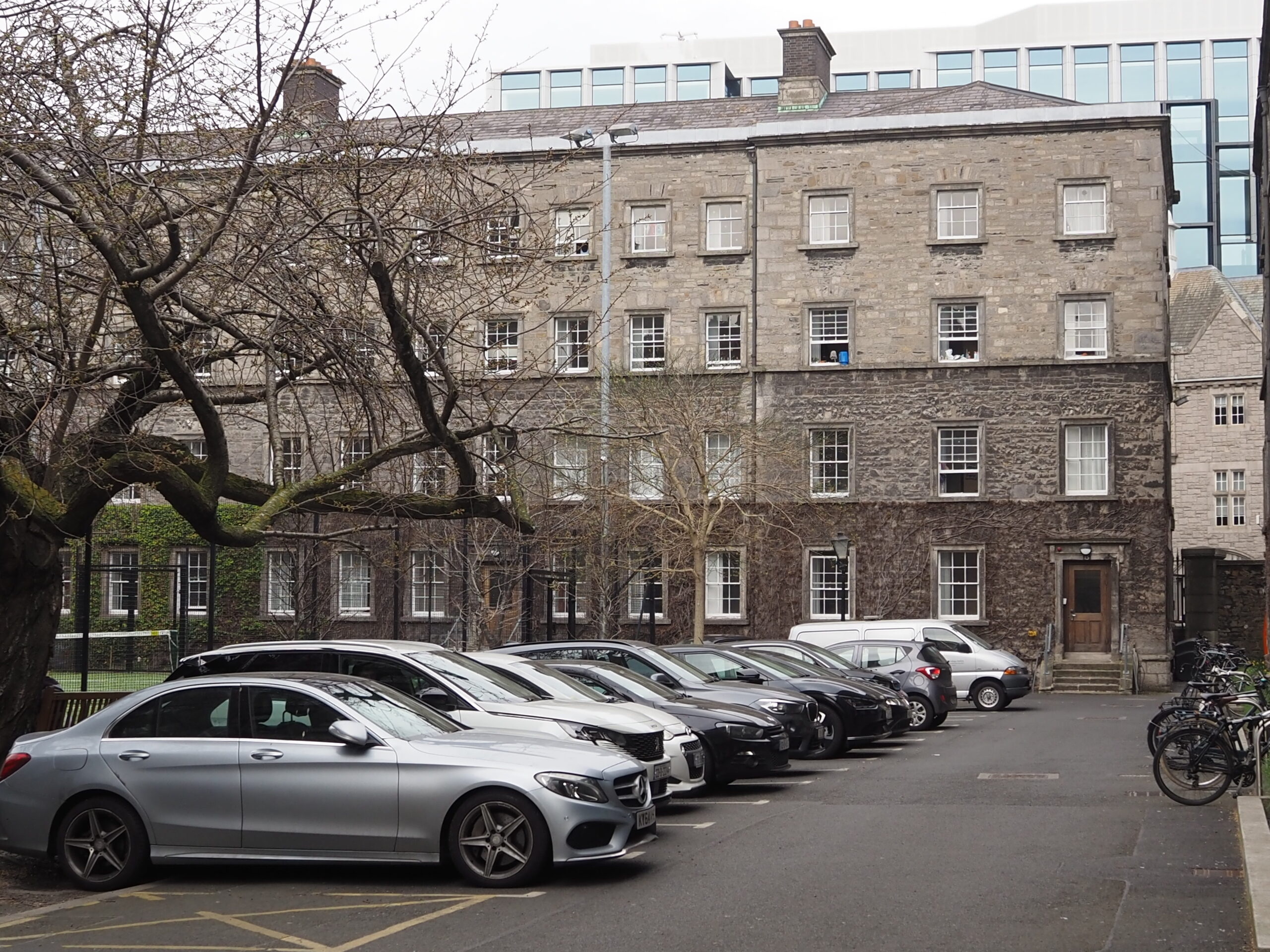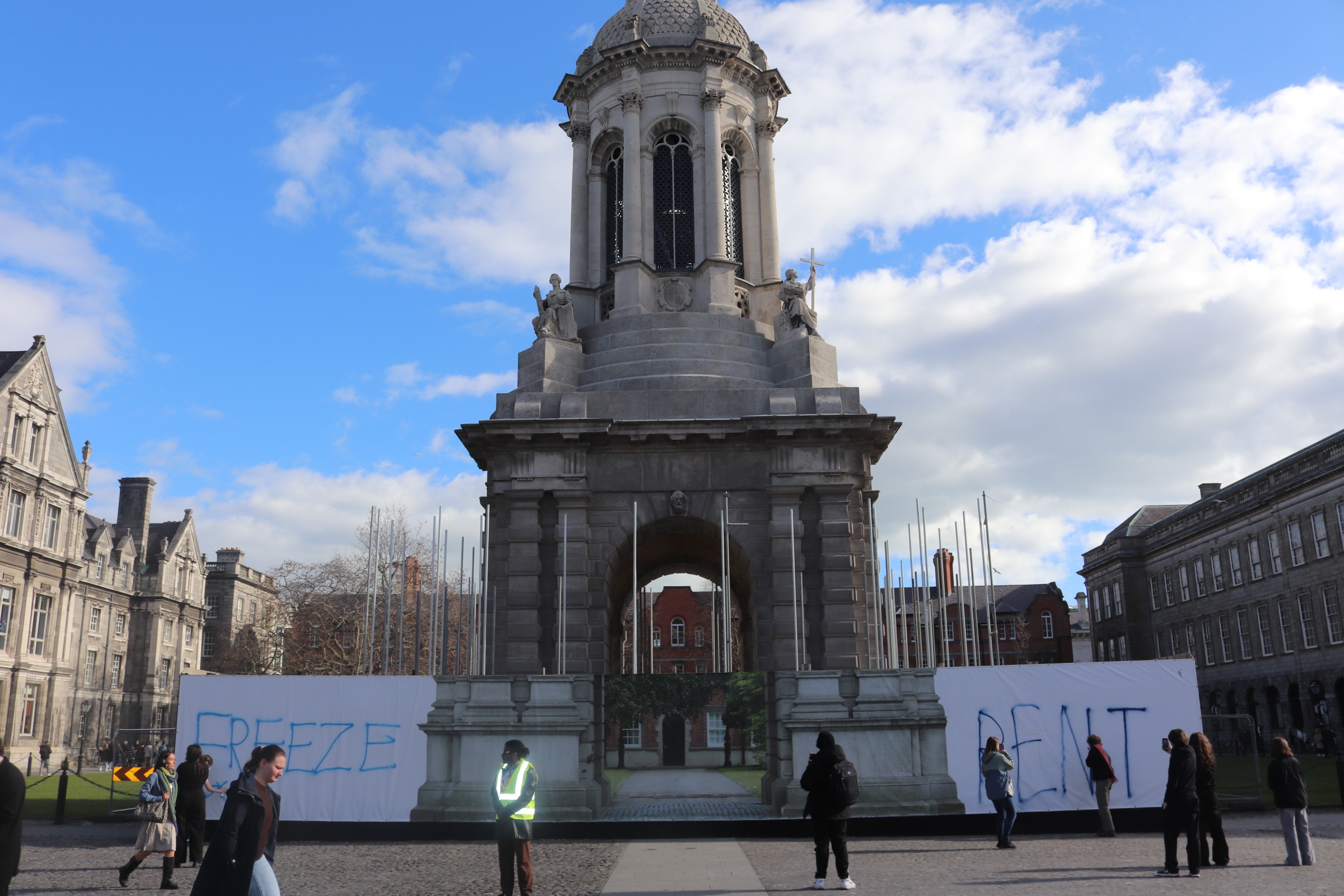On Sunday August 16th, at about 5am, a young man, tormented in some way, killed another young man and then himself. I expect everyone reading this to be familiar with the event, and the ensuing media frenzy, not only due to the massive coverage drawn to an admittedly shocking story, but also due to the sad fact that many of you are still mourning the loss of one or both of the boys. I never met Shane Clancy, and although Seb Creane was a year ahead of me at school and we got along well, I didn’t see him often enough to suggest we were more than friendly acquaintances. Because of this I will make no effort to suggest I have any wondrous insight into the events leading up to and including the night they both died. What enraged me about the event was that so many journalists did, and more specifically, the manner in which they did it. Used by some as a grisly tale, by others as a short-story writing exercise, and by a truly repulsive few – a foray into layman psychology interspersed with efforts to rekindle anxious class distinctions.
Jim Cusack, of the rapidly degenerative tabloid newspaper The Sunday Independent (can anyone remember when this was a real newspaper? It’s getting harder…), utilizes all three of the above in his Dark-and-Stormy-Night attack on Mr. Clancy’s background and sanity, entitled “Spurned Love that turned to Hate and Murderous Rage”. Cusack suggests a hateful vilification of the Trinity student, suggesting that he was “living a lie” to conceal his “humble origins”, labeling him a stalker with a “beautiful girlfriend above his station”. To publish such a disgracefully embellished short story of a jealous working-class “stalker” harassing a middle-class girl with murderous intent is deeply hypocritical, the Independent placing itself on a perpetual moral high ground, screaming at the Irish Nation from burning pulpits about how to better ourselves (while following the hip new fashions of all our biggest celebs). Cusack then turns from the aforementioned class distinctions (where he provides a handy collection of colloquialisms: “Dort”, “Scobie”, “The ‘Noggin” (Sallynoggin)) to the mental process of a man he likely never met, stretching several weeks before the awful event (described so graphically it deserved a warning). The combination of diminutive, cretinous psychological analysis and a dark, dark imagination produces a full-stop conclusion: “[Clancy] was targeting Sebastian… Now he was on the verge of fulfilling his murderous plot against these happy young people.” Not knowing Clancy personally I cannot speak on behalf of his bereaved friends, but I am sure any who read Jim Cusack’s violent words were trembling with rage at his depiction of Shane as a monstrously evil imposter. This point is only augmented by the immensely courageous and honourable eulogy provided by Sebastian Creane’s mother.
Nuala Creane stood in front of a Church overflowing onto Bray Main Street with friends, family and press, and supported by her surviving son spoke to the congregation:
“…on the morning of August 16th…one boy represented the light, the other the darkness, as they both played their parts in the unfolding of God’s divine plan.
And as a result we… are faced with a choice: do we continue to live in darkness, seeing only fear, anger, bitterness, resentment; blaming, bemoaning our loss, always looking backwards, blaming, blaming, blaming, or are we ready to transmute this negativity?
We can rise to the challenge with unconditional love, knowing that we were born on to this earth to grow . . .”
Mrs. Creane’s eulogy has since been described as a parable of our times. Speaking with heart-rending honesty from the pulpit as the Irish media so often claim to do, she implored those with hatred to forgive, those with pain to heal. Led by the Irish Independent, the media in a profoundly disgraceful effort to induce anger, dispute and in some cases prejudice towards those who may suffer from mental illness, utterly lost their dwindling credibility. So in conclusion, live, love, and don’t buy the Sunday Independent.






